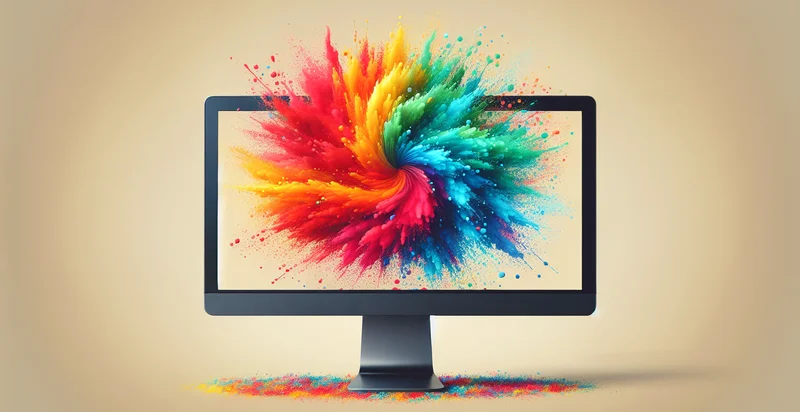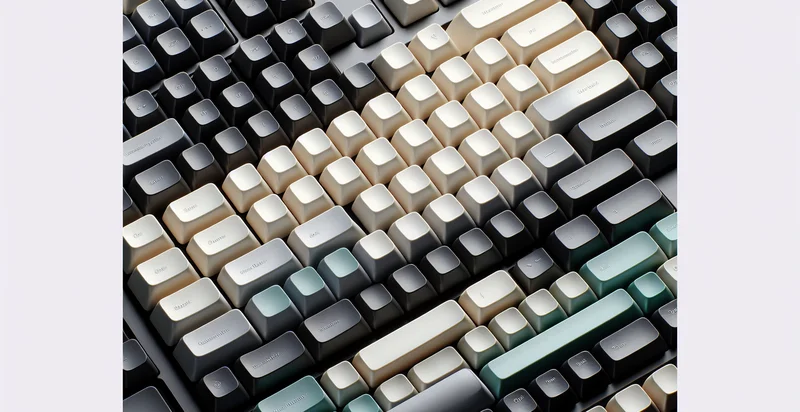Identify the color of a monitor
using AI
Below is a free classifier to identify the color of a monitor. Just upload your image, and our AI will predict the color of a monitor it is - in just seconds.

Contact us for API access
Or, use Nyckel to build highly-accurate custom classifiers in just minutes. No PhD required.
Get started
import nyckel
credentials = nyckel.Credentials("YOUR_CLIENT_ID", "YOUR_CLIENT_SECRET")
nyckel.invoke("the-color-of-a-monitor", "your_image_url", credentials)
fetch('https://www.nyckel.com/v1/functions/the-color-of-a-monitor/invoke', {
method: 'POST',
headers: {
'Authorization': 'Bearer ' + 'YOUR_BEARER_TOKEN',
'Content-Type': 'application/json',
},
body: JSON.stringify(
{"data": "your_image_url"}
)
})
.then(response => response.json())
.then(data => console.log(data));
curl -X POST \
-H "Content-Type: application/json" \
-H "Authorization: Bearer YOUR_BEARER_TOKEN" \
-d '{"data": "your_image_url"}' \
https://www.nyckel.com/v1/functions/the-color-of-a-monitor/invoke
How this classifier works
To start, upload your image. Our AI tool will then predict the color of a monitor it is.
This pretrained image model uses a Nyckel-created dataset and has 16 labels, including Black, Blue, Brown, Cyan, Gold, Gray, Green, Magenta, Multi-Color and Orange.
We'll also show a confidence score (the higher the number, the more confident the AI model is around the color of a monitor it is).
Whether you're just curious or building the color of a monitor detection into your application, we hope our classifier proves helpful.
Related Classifiers
Need to identify the color of a monitor at scale?
Get API or Zapier access to this classifier for free. It's perfect for:
- Quality Control in Manufacturing: In monitor production lines, the color of monitor outputs can vary due to calibration issues. A false image classification function could quickly identify monitors that do not meet color standards, enabling manufacturers to catch defects before shipping.
- Retail Display Verification: Retailers can use the function to ensure that the colors displayed on monitors in their stores match the product images advertised. This verification helps maintain brand consistency and prevents misleading customers due to color discrepancies.
- Personalized Marketing: E-commerce platforms can analyze monitor color outputs to tailor advertisements according to user device colors. By highlighting products that appear more vibrant on specific monitor displays, businesses can enhance customer engagement and conversion rates.
- Remote Tech Support: Tech support teams can implement this function to identify color inaccuracies users might experience with their monitors. This analysis can help diagnose potential issues remotely, allowing support personnel to provide targeted advice for color correction and calibration.
- Content Creation Tools: Graphic design software can integrate this function to assess how images and videos are rendered on various monitors. By evaluating color fidelity, creators can ensure that their work appears as intended across different devices, improving the final outcome.
- Online Education Platforms: E-learning platforms can use the function to check how well educational content displays in terms of color accuracy on different monitors. This ensures that colors used in instructional materials are rendered correctly, aiding in comprehension and user experience.
- Gaming Environment Optimization: Gaming companies can implement this function to analyze how games look on different monitors in terms of color representation. By gathering data on color discrepancies, they can optimize game settings for various display types, enhancing the gaming experience for users.


